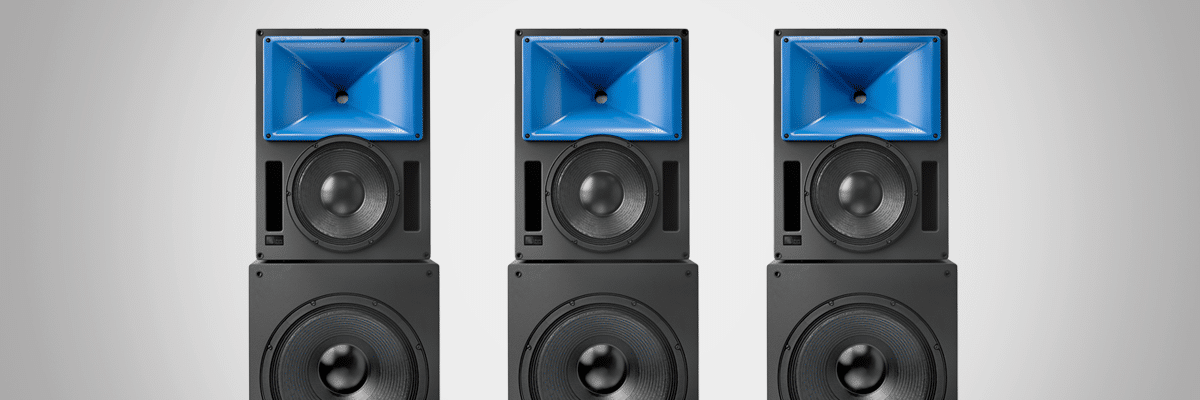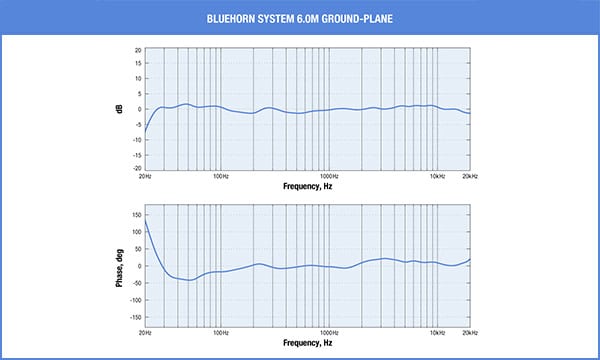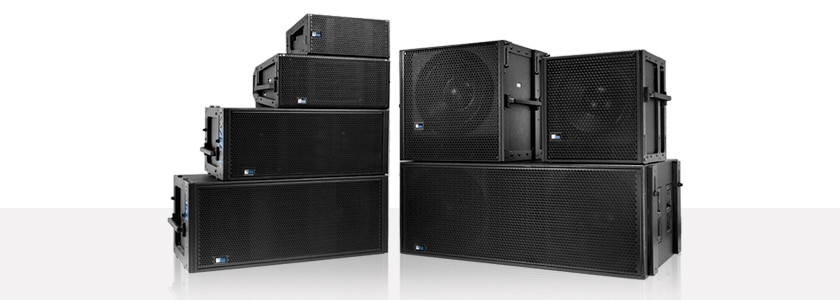
A Breakthrough In Full-Bandwidth, Phase-Accurate Monitoring
Linear Acoustical Output
When reproducing complex sounds, pattern relationships matter just as much as amplitude and frequency. Perfectly linear acoustical output requires phase re-alignment of the input signal. But thanks to the laws of physics, even the most accurate acoustic systems have introduced phase anomalies—until now.
From Concept to Reality
Powerful, full-bandwidth monitoring with zero phase shift was once just a theoretical notion. But after six years of extensive research, we’re setting a new benchmark for accuracy in studio monitors: a system that marries acoustic precision and digital modeling to offer completely flat amplitude and phase response across the entire audible frequency spectrum. No tradeoffs, no compromises—just the sound you recorded, exactly as you recorded it.
A New Standard of Accuracy
Unveil a new level of nuance in your mix: The Bluehorn System perfectly preserves phase relationships, faithfully reproducing every timbral detail and three-dimensional ambiance. Response is neutral and transparent, at any output level.
Frequency and Phase
Measurement traces reveal Bluehorn System’s flat frequency response and unprecedented phase linearity across the audible bandwidth.
Bluehorn In the News
Read about our Patent for Breakthrough Technology in the Bluehorn System.
Read our press release about the Fabled Newman Scoring Stage at Fox Studio Lot Upgrades with Meyer Sound Bluehorn System Monitoring, which was also featured as a cover story in MIX Magazine.Advanced Digital Modeling, Precise Acoustic Design
Restoring Phase Through DSPPowerful digital processing is at the heart of The Bluehorn System: Proprietary phase-correcting algorithms model system behavior and restore original relationships, while introducing minimal latency. | Building on Proven ComponentsConfigured as a three-way system, The Bluehorn System incorporates the latest driver, processing, and amplifier technologies from Meyer Sound’s Cinema Series, line array loudspeakers, and Galileo GALAXY processors. | Acoustically OptimizedThe Bluehorn System is designed with acoustic transparency in mind: Advanced driver mechanics and alignment technology, along with precision tuning, minimize phase anomalies that can color your sound. It all adds up to unprecedented accuracy and detail, like you’ve never heard before. |
Restoring Phase Through DSPPowerful digital processing is at the heart of The Bluehorn System: Proprietary phase-correcting algorithms model system behavior and restore original relationships, while introducing minimal latency. | |
Building on Proven ComponentsConfigured as a three-way system, The Bluehorn System incorporates the latest driver, processing, and amplifier technologies from Meyer Sound’s Cinema Series, line array loudspeakers, and Galileo GALAXY processors. | |
Acoustically OptimizedThe Bluehorn System is designed with acoustic transparency in mind: Advanced driver mechanics and alignment technology, along with precision tuning, minimize phase anomalies that can color your sound. It all adds up to unprecedented accuracy and detail, like you’ve never heard before. |
Solutions

For the work that I do, I need monitor loudspeakers that do not flatter the music at all. I need to hear exactly what is going on in an unbiased way. I have no time when working to enjoy what we did right; I need to hear when things are wrong so we can fix them, and I can hear those problems better with the Bluehorns. I need to be confident that everything is in its proper place, because then the music translates smoothly as we move through to the final mix.”
John PowellFilm Composer
Without question the Bluehorn System is a major breakthrough, easily the greatest step forward since the HD-1. It will form the foundation for all future developments by Meyer Sound from this point forward.”
John MeyerPresident and CEO, Meyer Sound
The Self-Powered Advantage
Meyer Sound has been pioneering self-powered loudspeakers for professional installations and touring since 1995. We’ve committed to self-powered systems because we know they deliver unrivaled clarity, reliable performance, value, and ease of use.
If you’ve been thinking about investing in a self-powered system, you’ve come to the right place.
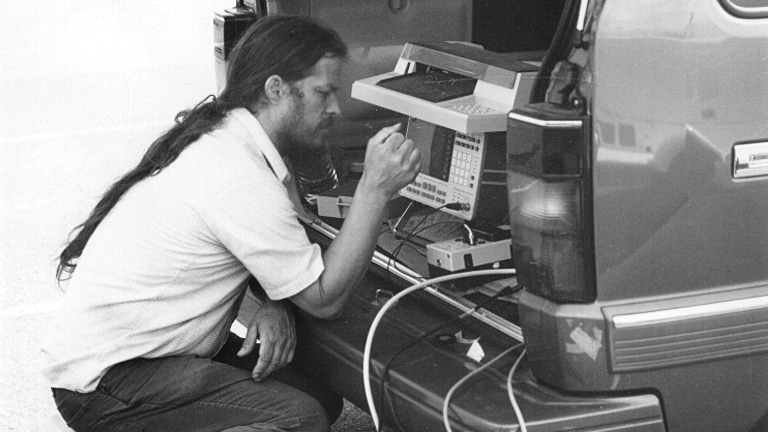
First, a Little History...
The story of self-powered loudspeakers is in many ways the story of Meyer Sound itself.
In the 1970s, sound reinforcement technology was inconsistent science at best, and at worst, led to show-ending failures. A young John Meyer, designing loudspeakers for San Francisco’s McCune Sound Service, wanted to bring quality and reliability to sound systems, and he knew the answer lay in self-powered loudspeakers. In 1979 Meyer founded his own speaker company; early Meyer Sound innovations include the iconic HD-1 self-powered studio monitor launched in 1989.
Today Meyer Sound offers a full range of self-powered sound reinforcement products. Meyer Sound systems can be found on tour with artists ranging from Ed Sheeran to Metallica, on Broadway and London’s West End, and in performance venues from the San Francisco Opera to the Vienna Philharmonic not to mention sports stadiums, cruise ships, and houses of worship around the world.
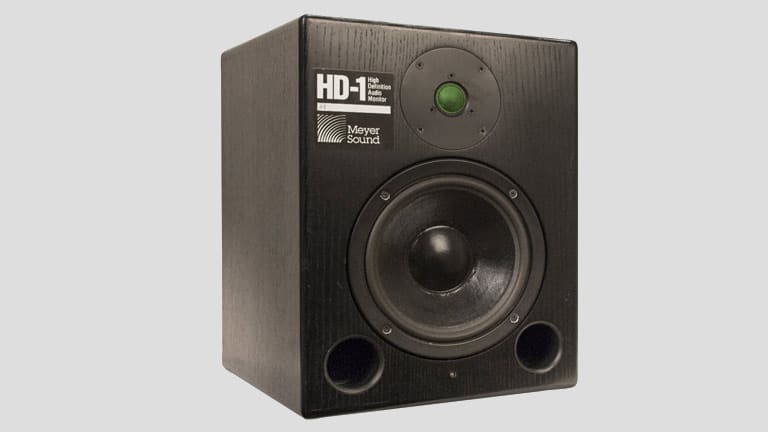
Why Self-Powered?
Self-powered loudspeakers offer several advantages over their passive counterparts when it comes to fidelity, reliability, and simplicity. The great part is, you’ll start to reap the benefits of a self-powered system before you even power up.
Ease of deployment: System set-up is so much easier when you have fewer components and fewer cables to worry about being miswired. Since self-powered loudspeakers incorporate amplification, you’ll never have to deal with matching speakers to amplifiers or connecting components. You don’t have to worry about calibration of gain and crossover setting which means more time focusing on the show. Eliminating amp racks doesn’t just streamline system deployment, it streamlines your inventory whether you’re a rental house or a road warrior. And when you consider that the average amp rack weighs nearly 300 pounds and takes up four feet of truck space, the efficiencies get even clearer. Let alone when you want to fly the amplifier racks to get closer to the speakers, often requiring more rigging points and more motors.
Predictable, reliable operation: Internal amplification is closely matched to drivers. Because individual components have been optimized during manufacturing, you can expect consistent sound from show to show. Built-in, factory-optimized protection circuitry provides extra assurance without degrading signal quality. And, when you have less equipment, you have less risk of failure.
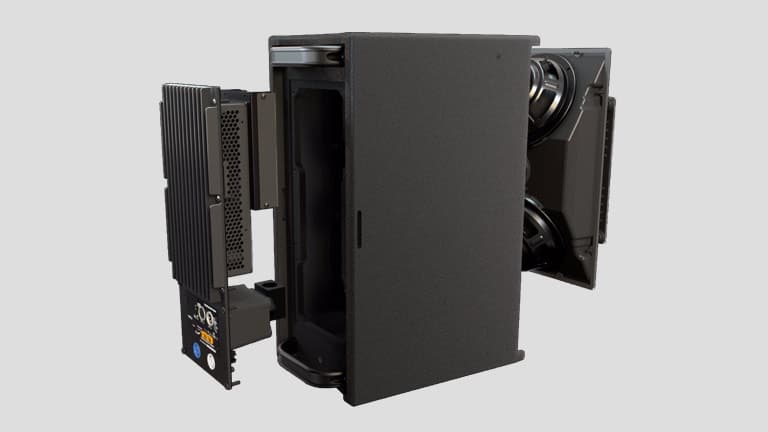
Better frequency and phase response: Because self-powered loudspeakers incorporate sophisticated processing, they are calibrated to exhibit optimal response curves in key performance parameters. Active crossovers are more precise, sophisticated designs, and bi-amped systems are time aligned, eliminating phase issues. The result? Accurate sound throughout the speaker’s range, at any volume level.
Unparalleled clarity: In powered monitors, internal amplifiers are precision-matched to drivers, delivering optimal power at all times for cleaner sound. And because amps are built into loudspeaker cabinets, there’s no need for long lengths of connecting cable, which can become prone to distortion and signal loss.
Tighter transients: Since self-powered loudspeakers have very short internal cables, amps inside can more effectively dampen driver mechanical motion, which leads to better sonic accuracy and tighter, crisper transients. (And, there’s none of the loss in levels and signal quality inherent over long cable distances.)
Certified Safe: Nothing matters more than the safety of your staff and customers. Because self-powered loudspeakers incorporate amplification, they must undergo rigorous testing by Underwriters Laboratories and other international organizations to ensure they operate safely and guard against the risk of fire, electric shock, and inadequate structural design. Enjoy peace of mind knowing Meyer Sound powered products are certified by FCC, UL, CSA, CE, and CEE the most stringent agencies in the business.
The Problems with Passive
What about passive loudspeakers? At first glance, passive systems may seem like a bargain. But we already know that passive systems require more components and accessories than powered systems. Sonically, they exhibit potential for signal loss over distances, and it is very hard to ensure consistent, optimal sound and volume as amplifiers have many variables to consider when being matched to loudspeakers, such as cable lengths and gauge as well as the number of speakers connected to the amplifier.
Passive systems are often touted as easy to service. But because powered loudspeakers are so complex to design and build, self-powered loudspeakers usually represent the top innovations from leading manufacturers. Better quality translates to better reliability, which means fewer maintenance issues in the long run.
At face value, passive systems might seem less expensive and easier to maintain. But once you start adding in amps, cables, and other components not to mention increased transport and labor costs you’ll find that those savings just don’t add up to a better value.
Step Up to a Self-Powered System
Once you recognize all of the advantages inherent in self-powered loudspeaker systems, it’s easy to understand why the world’s top venues and productions rely on them to deliver consistently stunning sound.
